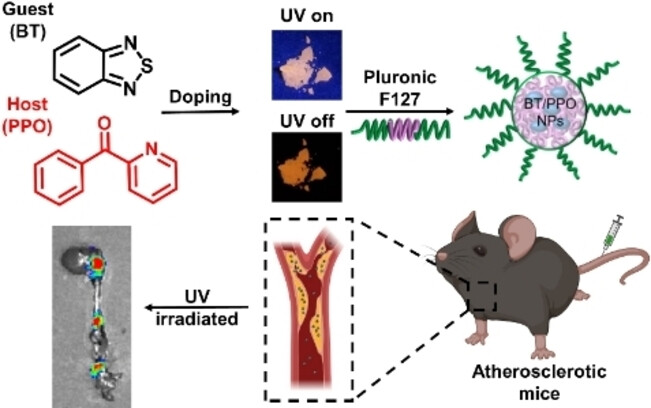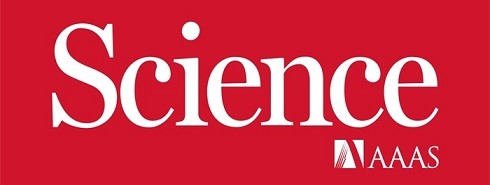State Key Laboratory of Medicinal Chemical Biology
Abstract
Room-temperature phosphorescent (RTP) materials have great potential for in vivo imaging because they can circumvent the autofluorescence of biological tissues. In this study, a class of organic-doped long-wavelength (≈600 nm) RTP materials with benzo[c][1,2,5] thiadiazole as a guest was constructed. Both host and guest molecules have simple structures and can be directly purchased commercially at a low cost. Owing to the long phosphorescence wavelength of the doping system, it exhibited good tissue penetration (10 mm). Notably, these RTP nanoparticles were successfully used to image atherosclerotic plaques, with a signal-to-background ratio (SBR) of 44.52. This study provides a new approach for constructing inexpensive red organic phosphorescent materials and a new method for imaging cardiovascular diseases using these materials.

 津公网安备 12010402001780号
津公网安备 12010402001780号








